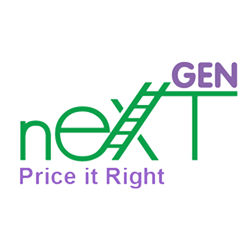Deprecated: Function get_magic_quotes_gpc() is deprecated in /home3/alan/public_html/wp-includes/formatting.php on line 4411
What Sells:
- Upholstered items.Solid-color sofas, sectionals, comfortable chairs, and sleeper sofas
- Leather furniture.Leather sofas, chairs and other items
- Wooden furniture. dressers and bookshelves and chairs especially.
- Dining sets.Dining tables and chairs –contemporary over traditional.
- Buffet tables.These have become popular as stands for large, flat-screen TVs.
- Midcentury modern furniture.Midcentury and retro styles
- Inexpensive, unframed modern art on canvas...
- Contemporary lamps.Newer lamp styles with shades in good condition sell well. Older lamps – unless they are midcentury modern – will just gather dust.
- Unique items.Vintage pieces, garden tables and anything else that isn’t run-of-the-mill.
- Home Accessories.That are useful and/or attractive
What Doesn’t Sell:
- Heavy, large or modified wood furnishings
- Glass dining tables.
- Pricey fine art that is framed
- Patterned upholstery — flowers, stripes and plaids don’t sell well.
- Furniture from the late 1970s and 80s
- TV armoires.Today’s large-screen TVs don’t fit in them.
- China and china cabinets.
- Rugs
- Items made of brass.
- Figurines
What to pay
Prices of home furnishings must be competitive locally. Home furnishing, as a rule, are priced from 33% to 50% of retail–higher for items in new or like new condition and for better selling items, and lower for less popular items that sell more slowly. If like items are being sold locally, matching or beating these prices, within reason, generally takes precedence. Prices are typically reduced every month or two to rid the floor of deadwood.
_________________________
This discussion draws heavily from the experience of NextGen clients, and from an article by Cameron Huddleston, “What to sell and not to sell at Consignment Shops,” Kiplingers Personal Finance Magazine 6/20/13

